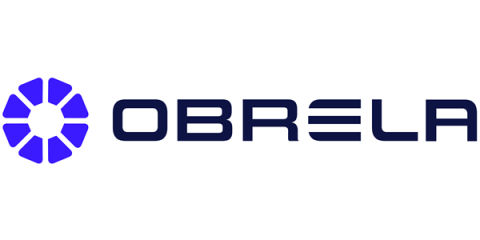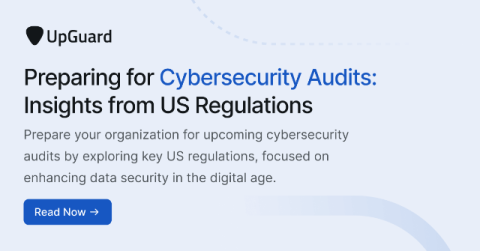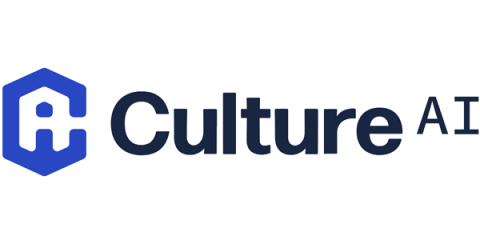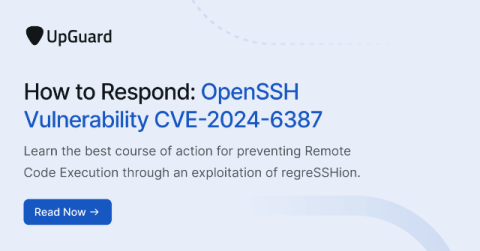The Cost of Complacency: Analyzing the Financial Impact of Cybersecurity Breaches
In today’s digital landscape, the importance of robust cybersecurity measures cannot be overstated. Yet, despite the clear and present danger posed by cyber threats, many organizations still underinvest in cybersecurity, operating under a false sense of security. This complacency can be incredibly costly, as the financial ramifications of cybersecurity breaches are staggering.










